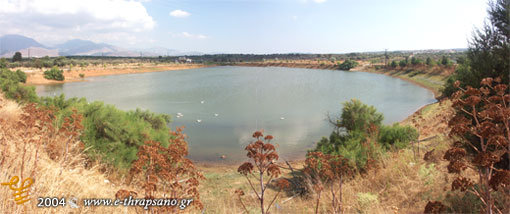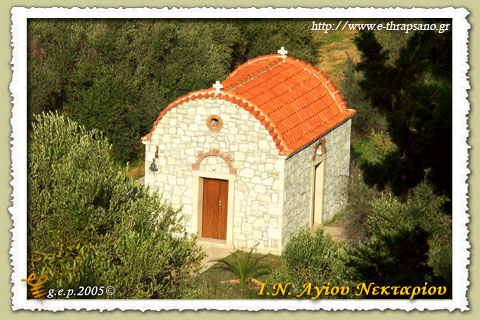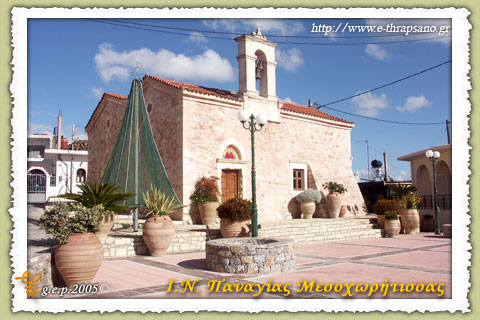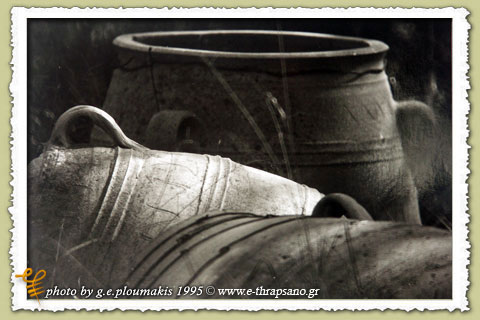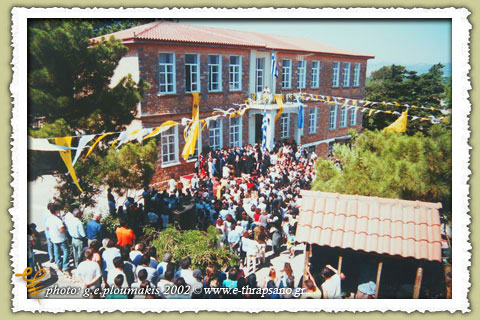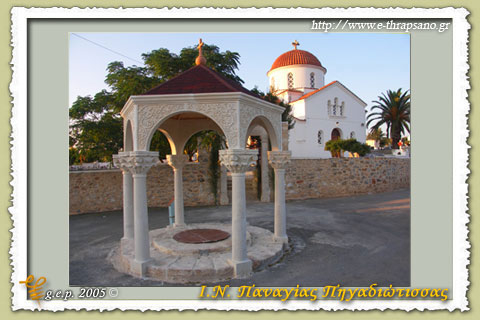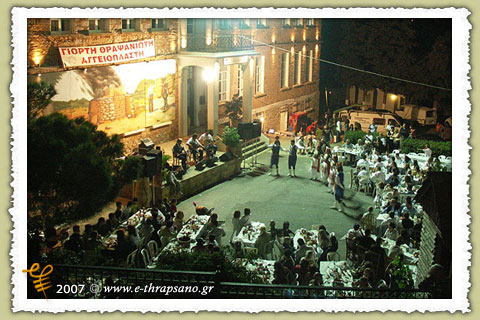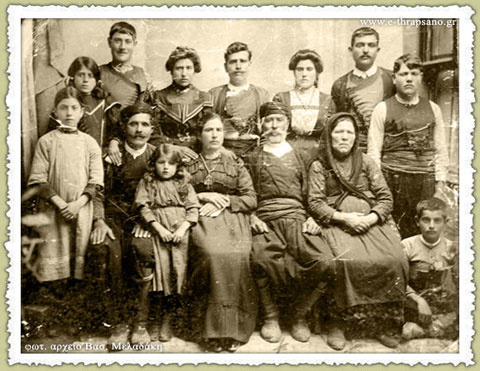
In the table below we can see the existing data for the population of the village, and at the graph, the fluctuation of the population from 1400 until 2011.
| 'Ετος | Κάτοικοι |
|---|---|
| 1400 | 400 |
| 1583 | 468 |
| 1881 | 854 |
| 1900 | 933 |
| 1920 | 1090 |
| 1928 | 1192 |
| 1940 | 1373 |
| 1951 | 1408 |
| 1961 | 1466 |
| 1971 | 1293 |
| 1981 | 1180 |
| 1991 | 1240 |
| 2001 | 1424 |
| 2011 | 1261 |
{module 187}
The growth in population that is observed today should be reported, as more new families choose to live permanently in the village, as this can be also noted from the existing intense building activity.
“Thrapsaniotes” of course are not only Thrapsano residents. Many fellow-villagers live permanently in other places of Greece with most of them in the Attica region.
Many fellow-villagers also live in Heraklion but due to its short distance from the village, they should be considered rather Thrapsano residents.
We should not forget the fellow-villagers, Thrapsaniotes of emigrant Hellenism. Almost all families have relatives that are found scattered around the world. As reference I can report that my family has more than 20 relatives of first degree around the US and Canada! Economic immigrants most of them, left the first "difficult" postwar decades seeking better chances, with destinations to Europe, America, Canada, Australia.
All accomplished well not only economically but they occupied conspicuous positions in their local societies, as well.
Today after almost six decades we have many fellow-villagers, citizens of the word anymore, of third and fourth generation who have never seen their place of origin. One of my motivations for this project is to help them to learn some data about the native land of their great grandfathers and, why not, to seek their roots.






